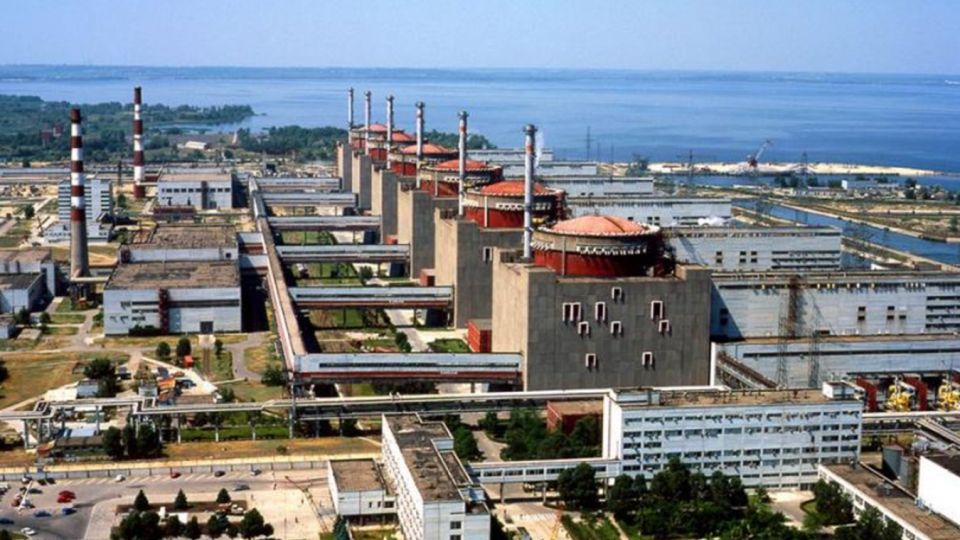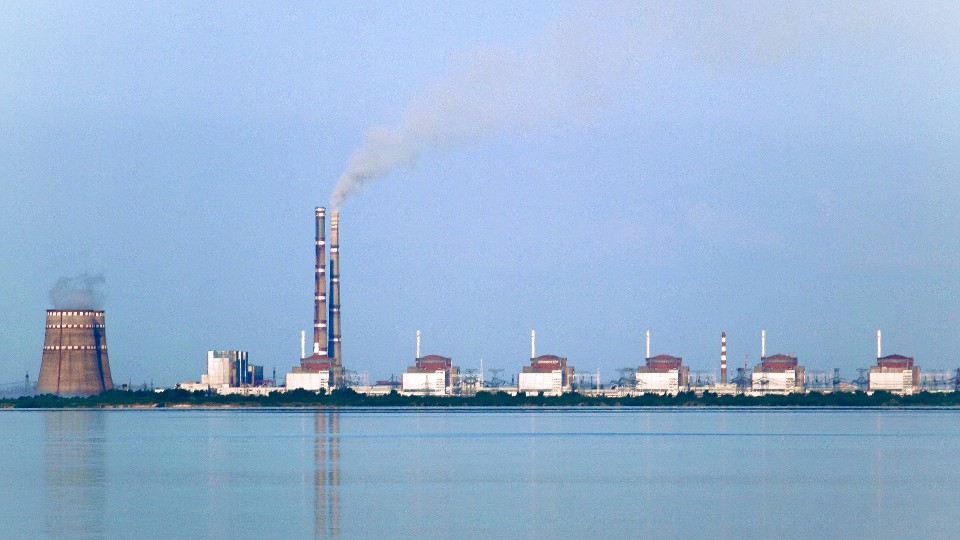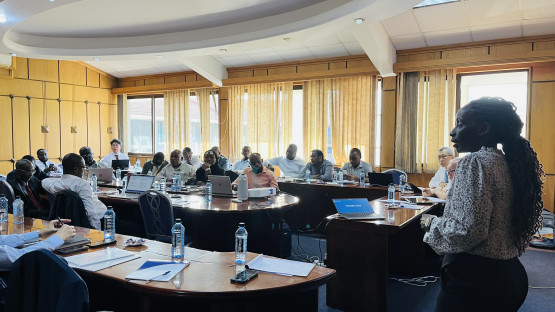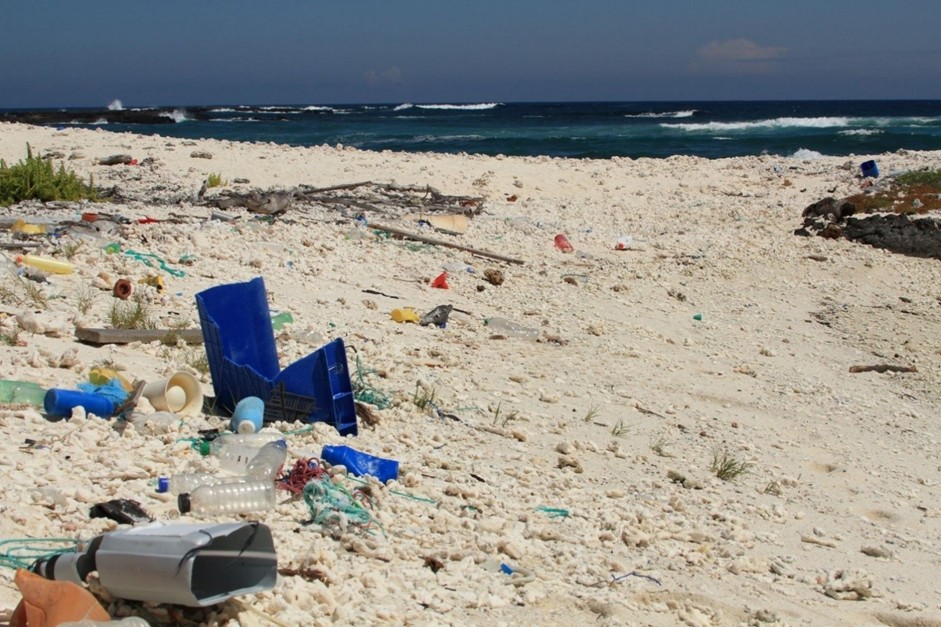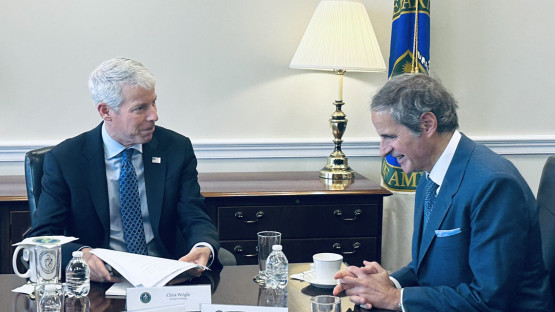IAEA microplastic pollution research goes on location in Antarctica

The International Atomic Energy Agency, in cooperation with Argentina, launched a scientific research expedition on January 6 to study microplastics in Antarctica—one of the planet’s most remote areas—as part of an effort to combat widespread microplastic pollution.






